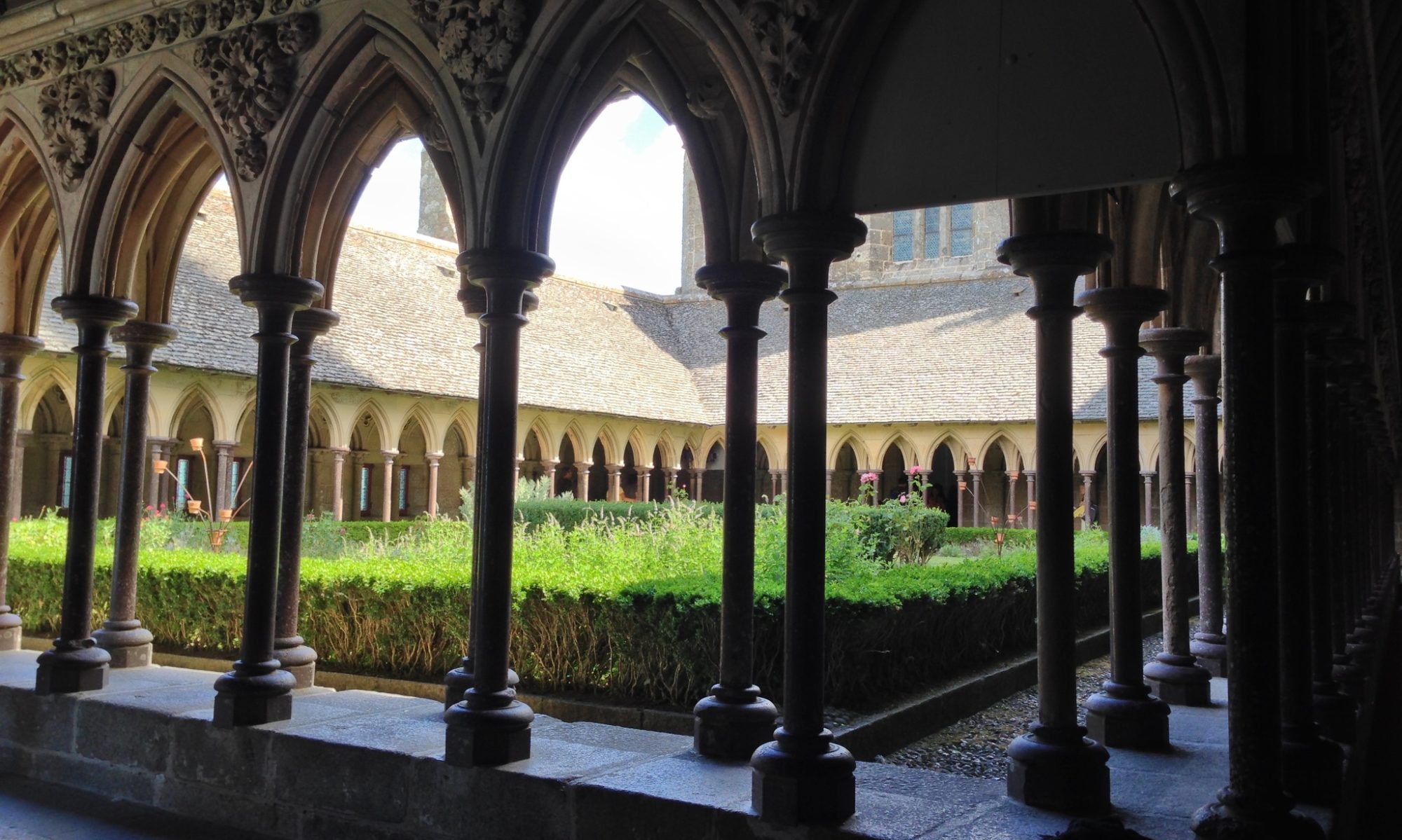(From a sermon preached on the Centenary of the World War 1 Armistice)
Around the church are a number of pictures of a young First World War soldier.

Let’s hear a bit of his story.
He was the son of a missionary teacher family who were living and working in India, as he approached secondary school age, Cecil George was sent to boarding school.
The young scholar was at a school just over a mile from here, at Eltham College.
He was a lively student, who particularly loved his sport.
Athletics; and cricket mainly.
Cricket.
The school regularly played other teams, and had several matches against the world famous local cricketer, WG Grace.
There’s a record of a match where the great WG was bowling against the young Cecil George.
Cecil George was one of the best all rounders in the team.
But not on this occasion.
Cecil George, bowled out by WG, for a duck!
He left school in July 1915 age 18. He was not called up at once, and the Academic year 1915-16 he spent at Imperial College reading Chemistry.
Then he was called up at the end of the Summer term of 1916. Cecil George was Gazetted as of the 27 Nov 1916 and recorded in the Royal Garrison Artillery.
He did his basic training in the Infantry.
At the end of this they asked:
“Who has Matric Maths?â€
“I do!†Says Cecil George.
“Right, if you can count more than two legs, you are going to be in the Cavalry!â€
Off he goes and does the basic training for the Cavalry in Exeter.
At the end of that basic cavalry training they said
“Who has Higher Maths?â€
“I do !†says Cecil George.
“Right, if you can plot graphs and trajectories, you are going to be in the Artillery!â€
So off he goes and does the basic training for the gunners.
He ended up a with the Royal Garrison Artillery on the Selonica Front, not far from the Greek border across into Turkey.
The RGA was often supported by the Royal Flying Corps (RFC) who had devised a system where pilots could use wireless telegraphy to help the artillery hit specific targets. Years later it became clear that Cecil George was involved going up in these ‘string bag’ aeroplanes of that era, as a “spotter†for targets! This was very early in the history of flight, and must have been some adventure for the young soldier!
Continue reading “Armistice Centenary – and an Eltham soldier”
